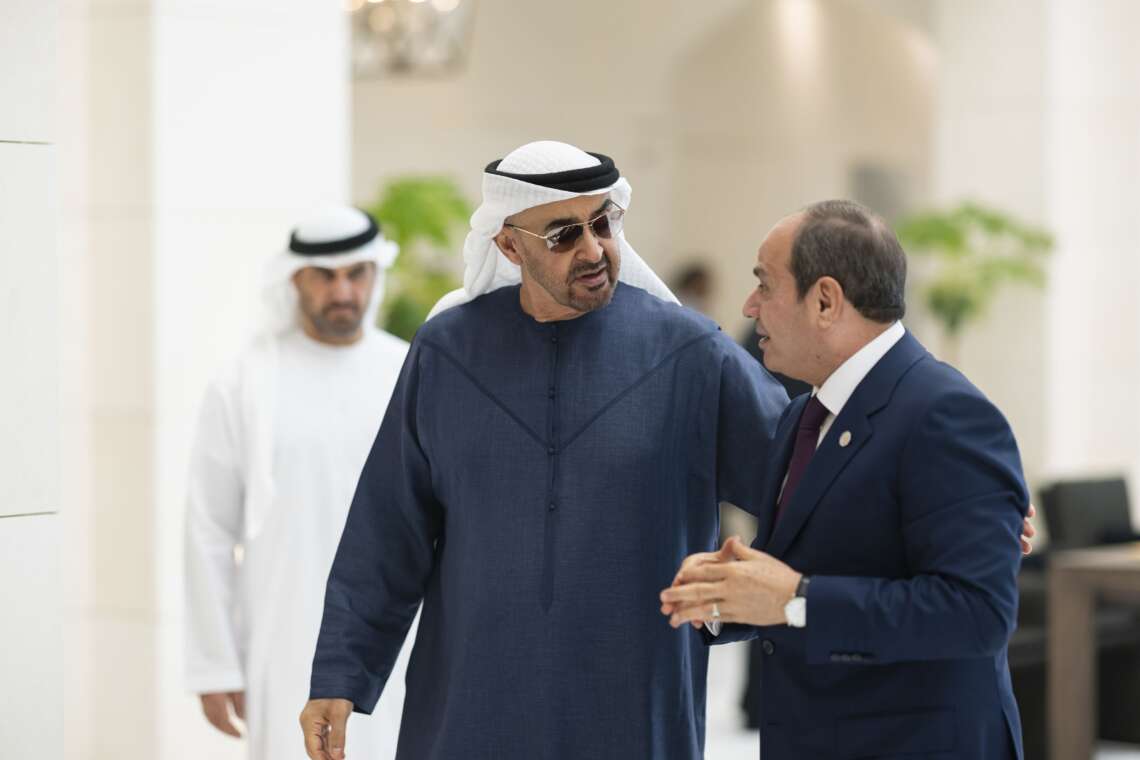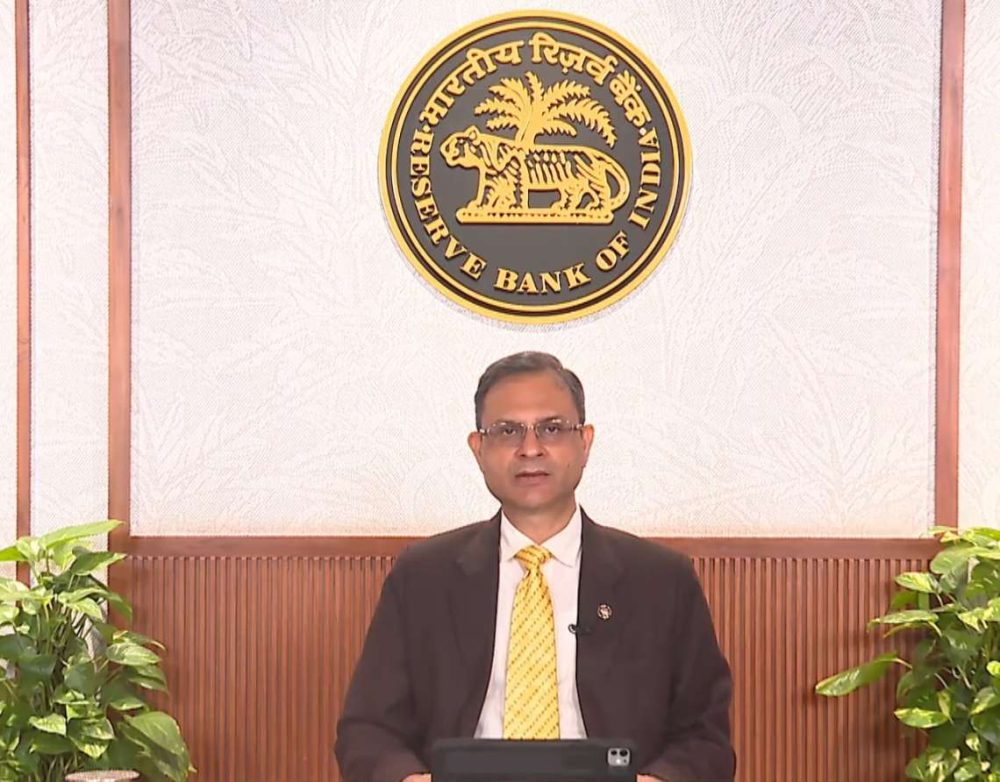Strong equity markets and investor optimism around artificial intelligence (AI) played key roles in bosting returns and overall wealth creation
India recorded a robust 8.8 per cent rise in high-net-worth individual (HNWI) wealth in 2024, reaching 378,810 millionaires with a combined fortune of $1.5 trillion, according to Capgemini Research Institute’s World Wealth Report 2025, released on Wednesday.
The country’s growing wealth landscape also includes 333,340 “millionaires next door”—individuals with slightly lower asset levels—collectively holding $628.93 billion in wealth by the end of 2024. Additionally, India is home to 4,290 ultra-HNWIs (those with significantly higher assets), whose combined wealth stood at $534.77 billion.
Changing Wealth Management Landscape
As India’s millionaire count rises, the preferences and expectations of the next generation of wealthy individuals are rapidly evolving. The report found that 85 per cent of Indian next-gen HNWIs intend to switch from their parents’ wealth management (WM) firm within the next one to two years. This figure is higher than the 81 per cent global average, underscoring a growing demand for more adaptive, digitally enabled wealth services in India.
The reasons cited for this shift are telling:
51 per cent of Indian respondents pointed to services being unavailable on their preferred channels.
41 per cent expressed dissatisfaction with the digital tools currently offered to conduct transactions.
These figures reflect a wider trend across the wealth management industry, where digital convenience and personalized services are becoming critical differentiators.
Offshore Investments Set to Grow
Looking ahead, the report noted that 98 per cent of next-gen Indian HNWIs plan to increase their offshore asset allocations by more than 10 per cent by 2030. The primary motivations include:
Better investment options (55 per cent)
Superior wealth management services (65 per cent)
Improved market connectivity (54 per cent)
Tax efficiency and geopolitical stability (49 per cent)
This growing interest in international portfolios highlights a strategic shift among India’s wealthy toward diversifying their assets globally.
Global Trends and Industry Implications

On the global front, the HNWI population rose by 2.6 per cent in 2024, largely driven by a 6.2 per cent increase in ultra-HNWI numbers. Strong equity markets and investor optimism around artificial intelligence (AI) played key roles in boosting returns and overall wealth creation.
Alternative assets—once seen as niche—have now become mainstream among global HNWIs, with private equity, hedge funds, and cryptocurrencies accounting for 15 per cent of total portfolios.
Kartik Ramakrishnan, CEO of Capgemini’s Financial Services Strategic Business Unit and Group Executive Board Member, warned that the “great wealth transfer” between generations will be a pivotal challenge for the global wealth management industry.
“Despite global wealth on the rise, 81 per cent of inheritors plan to switch firms within one to two years of inheritance. Potentially losing these unsatisfied clients is going to create significant risk for the global wealth management sector,” he noted.
Ramakrishnan emphasized that the expectations of the next generation differ sharply from those of their parents, and wealth management firms must rapidly adapt. This includes equipping advisors with digital tools—potentially integrated with agentic or generative AI—to deliver better experiences and retain both clients and talent.
A Critical Inflection Point
With India’s millionaire population growing at a fast pace, and a more globally connected and digitally savvy generation coming into wealth, the report signals a clear turning point for the industry. Traditional strategies and legacy systems may no longer suffice in the face of increasing demand for real-time, personalized, and tech-enabled financial services. Wealth managers who fail to evolve risk falling behind in a rapidly shifting landscape, as the contours of global and Indian wealth continue to be redrawn.









